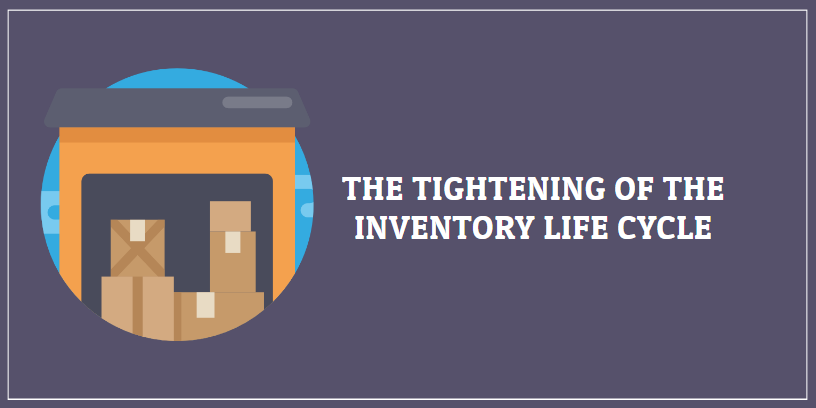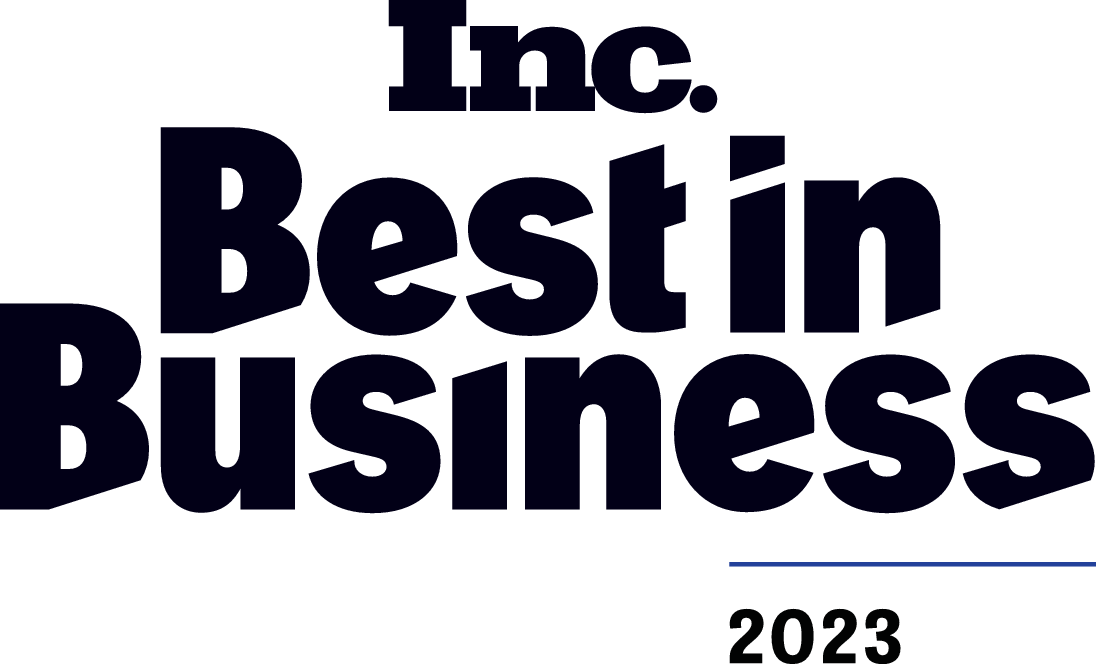The speed at which technology advances and changes doesn’t just mean we’re all clamoring for the latest smartphone the minute it hits the market. Changing technology affects most products; from their components to how they’re made. This means that the length of time a product sits in a company’s inventory is shorter than in the past.
What does this mean for those companies? For one, having a classic or main product they’ve relied upon for years to keep them afloat may no longer be something companies can rely upon. This is why innovation has taken over as the key focus for many top organizations. Not only is it key to keep adjusting and changing with buyer demand, but it’s key to understand and anticipate those changes with regard to how inventory levels are managed.
Advantages of a Shorter Inventory Life Cycle
Shorter inventory life cycles have resulted in a radical change in production processes. It’s forcing better engineering in every step of development and production, refining and removing any inefficiencies, and ultimately saving time and money.
To the delight of today’s consumer, products hit the market more quickly than ever before. Putting out a quality product as soon as possible is what keeps customers loyal to a brand. This is key when you’re counting on repeat buyers. It also strengthens your position with distributors looking for top producers.
Challenges of a Shorter Inventory Life Cycle
In addition to changing product offerings more frequently, a shorter life cycle also means that the time frame within which they can be profitable on each product is much shorter. This requires the initial stages of each product to undergo careful planning. Products need to be designed and produced efficiently to make sure they’re meeting deadlines that match customer demand. For example, consider the challenges that Tesla has experienced with trying to launch their Model 3. When you miss out on the prime time to make sales, you’re entirely minimizing your overall sales of that product.
You’re going to be facing down competitors in any industry. The added challenge with a shorter inventory life cycle is that you’re competing in the area of marketing and promotion as well. This means that businesses are scaling up their efforts before the product launches, using more technologically advanced software like customer relationship management software and marketing automation to drive customer engagement earlier and faster than ever. Find great CRM and marketing automation software recommendations here, and avoid having to resort to aggressive tactics like deep discounts, which can ultimately hurt profits down the road.
Inventory Management Technology
When a new product is ready to launch, manufacturers now know that it’s critical to sell the majority of that inventory right away, and to phase out the inventory at a level that matches market demand as it tapers off. This is so that they don’t run out prematurely, but also aren’t stuck with product that won’t move or will become obsolete.
Trying to guess at managing that inventory manually isn’t a strategy. It’s imperative to have an accurate tactical and strategic plan. This gives a company control over each phase of a product’s lifetime. This is also where inventory management technology is so important.
Leaders need to be able to have the ability to analyze how demand will affect their entire supply chain. This ability to forecast demand makes it simpler to analyze the supply chain as well as optimize replenishment strategies on new, short-life, seasonal, and end-of life products.
Working with technology that allows you to optimize the position of inventory across the supply chain and streamline your processes with your suppliers not only helps you with forecasting, but also strengthens those supplier relationships.
Navigating shorter inventory life cycles is relatively new for most businesses. Using technology to keep forecasts accurate and timely means that the right products are available at the right times.
With the shortening of the inventory life cycle comes unique challenges. Consider adapting technology that can predict future requirements accurately. Implementing an effective forecasting tool provides a clearer understanding of demand profiles and consumer buying patterns that can be adjusted immediately to satisfy market demands.
Jessica Barrett Halcom is a writer for TechnologyAdvice.com, with specializations in human resources, healthcare, and transportation. She holds a bachelor’s degree from the University of Wisconsin, Green Bay and currently lives in Nashville, TN.








